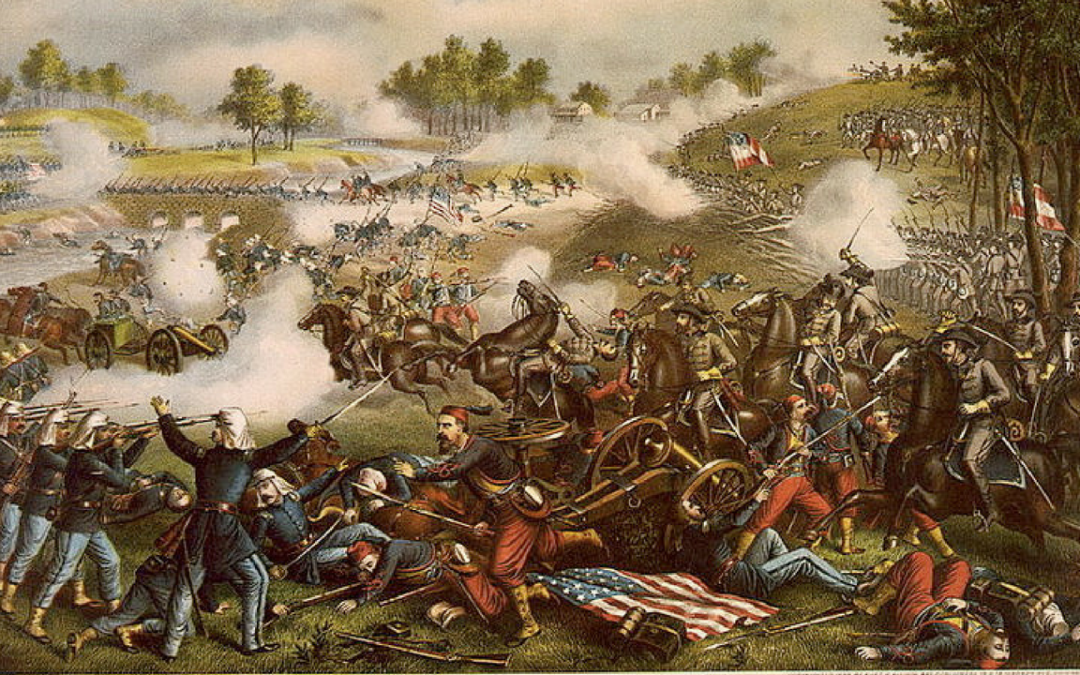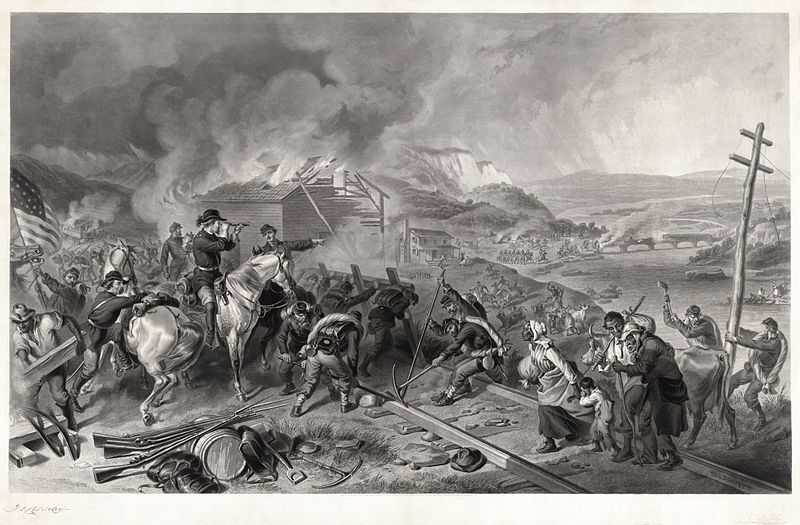The American Civil War was a bloody civil war, where the Union in the North was pitted against the Confederate States of America in the south, who wanted to secede. The war lasted a long four years, and was the most violent war in U.S. history. They had countless important battles, but the major battles of the civil war were often turning points in the war, or a battle that had a big impact in some way. This is a list of 10 major battles of the civil war.

The First Battle Of Bull Run
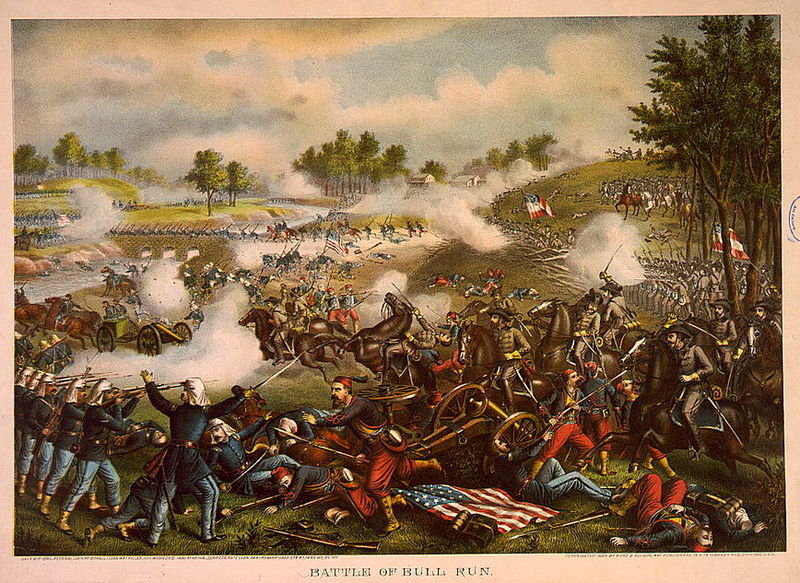
Confederate forces defeated the Union’s forces at the Battle of Bull Run, 1861. It was the first of the major battles of the civil war. Both forces marched into battle with around 18,000 troops, unfortunately most troops on both sides were poorly equipped, and badly trained. Brig. Gen. Irvin Macdowell attempted a surprise flank attack on the Confederate forces, which although executed poorly, sort of worked. Union forces were off to a good start, but when confederate reinforcements arrived they began to break down. Reinforcements were led by “Stonewall” Jackson, who gained his nickname by standing his ground in this fight. Confederates initiated a successful counter attacks, and the Union forces began to retreat.

Battle Of Ironclads

The Battle of Ironclads was one of the most significant naval battles of the civil war. The battle changed the nature of naval warfare forever, and showed how easily iron ships could dismantle wooden ones. The battle lasted two days, day one was a clear victory for the Confederates who used the Ironclad USS Virginia to destroy two wooden Union ships, and almost destroyed a third ship which had run aground, but stopped because of poor visibility. The next day the USS Virginia arrived to finish the job, but Union reinforcements had arrived, the Ironclad Monitor was lying in wait to intercept the Confederate ship. The two Ironclads fought for three hours with neither making any significant gains, and so it ended in a draw, but had forever changed naval warfare.

The Peninsular Campaign
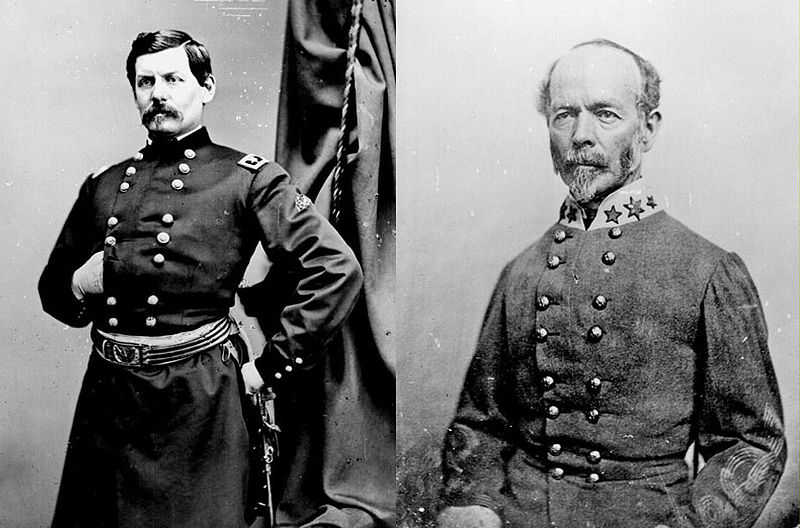
Major General George B. McClellan led a large union offensive against Richmond, the capital city of the Confederate forces. McClellan started off doing reasonably well against his adversary, General Joseph E. Johnston, but Johnston was injured and General Robert E. Lee took the reins, which turned the tide in their favour. Lee was a competent, and aggressive general and drove McClellan away from Richmond. McClellan fought many battles against the confederates, and on 25 June, 1862, the final battle of the campaign was fought. It was the Seven Days Battle, and even though McClellan had a larger army, he suffered a humiliating defeat.

The Battle Of Antietam
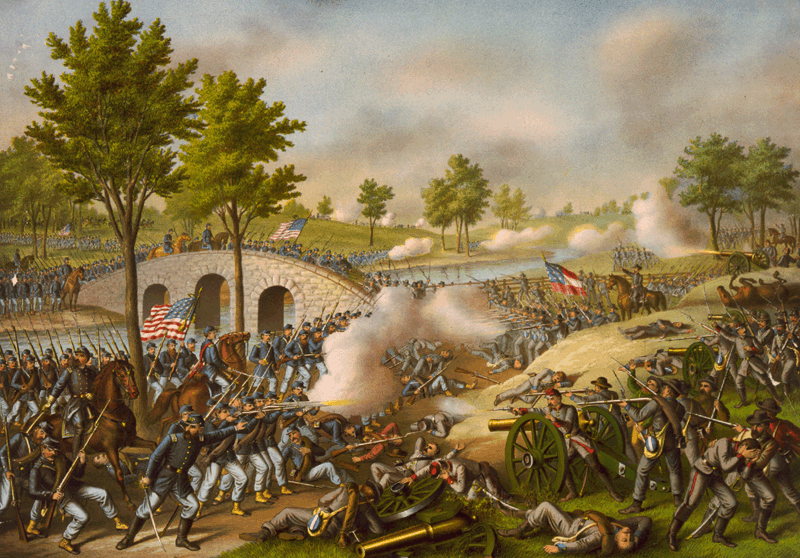
It was one of the bloodiest battles in American history, and one of the major battles of the civil war. Over 20,000 people died in total, and it ended in a close victory for the Union. It was tactically inconclusive, but strategically it was a clear Union victory. McClellan launched a series of attacks on against Robert E. Lee’s forces, on 17 September, 1862. Union forces had a hard time against the Confederate and made slow progress. Eventually they managed to break into the Confederate centre. There were a total of three major assaults, with the final one coming close to achieving a Union victory, but the dying Confederate forces were save by timely reinforcements. Eventually the battle ended with no clear winner, but it gave the Union forces the strategic victory.

The Battle Of Shiloh
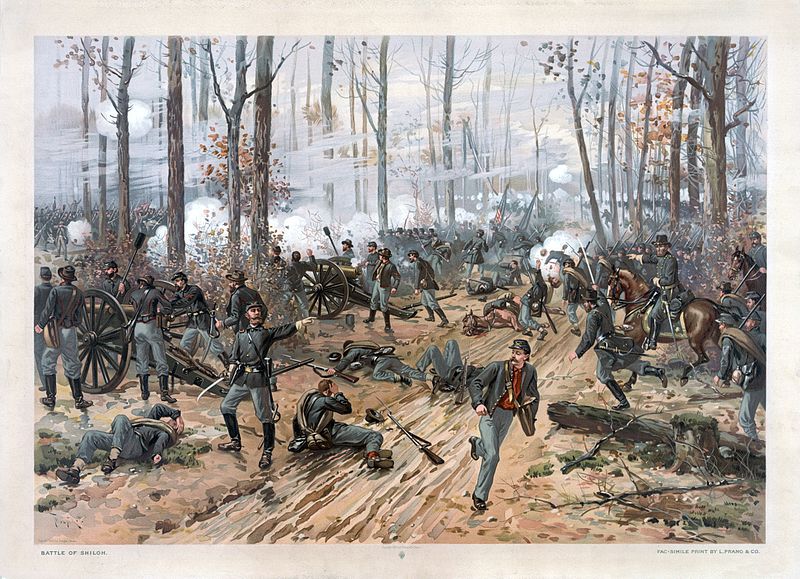
Copyright: Adam Cuerden
The Battle of Shiloh began on the 6 April, 1862 and ended a on the seventh. 40,000 confederate soldiers charged out of the woods and launched a surprise attack on the Union. Generals Johnston and Beauregard led the confederates against General Ulysses S. Grant. The confederates were slowly making ground against the Union forces, but during the fighting General Johnston was killed and command was passed over to Beauregard who decided not to press the attack on Union forces. This gave reinforcements just enough time to arrive and back up the Union forces. The Union launched a counterattack which completely changed the tide of the battle, and forced the confederates to retreat. This was the bloodiest battle in American history so far, but it was just one of the major battles of the civil wae and so wouldn’t hold that title for much longer.

The Battle Of Chancellorsville
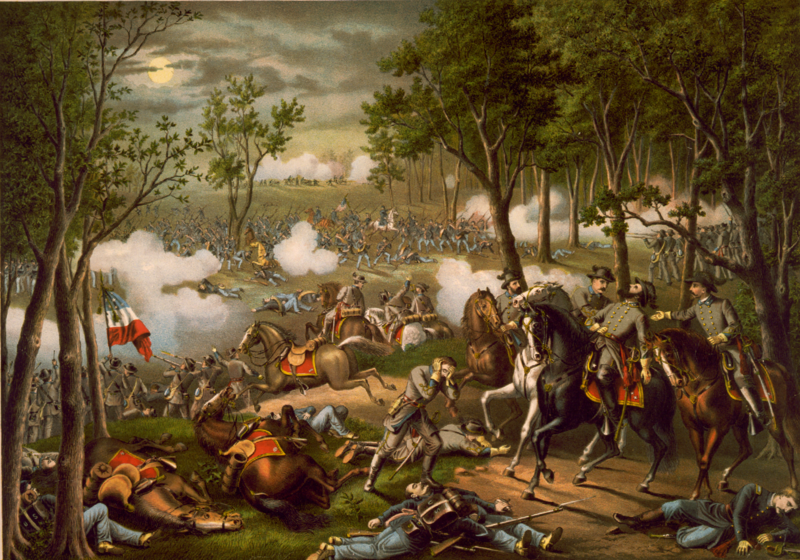
It’s been called Lee’s “perfect battle” because he used an amazing tactic and actually split his force of 60,000 into two, when facing a much larger army of around 130,000. It ended in an impressive Confederate victory but the victory was tainted by the fact that Stonewall Jackson was killed in action. Jackson followed Lee’s orders and took a circuitous route to the Union right, and flanked them. Jackson shocked the Union troops and ended successfully. Although Jackson died, it didn’t stop the Confederates from achieving a great victory the next day. The Battle of Chancellorsville is considered Lee’s greatest battle.

The Battle Of Gettysburg
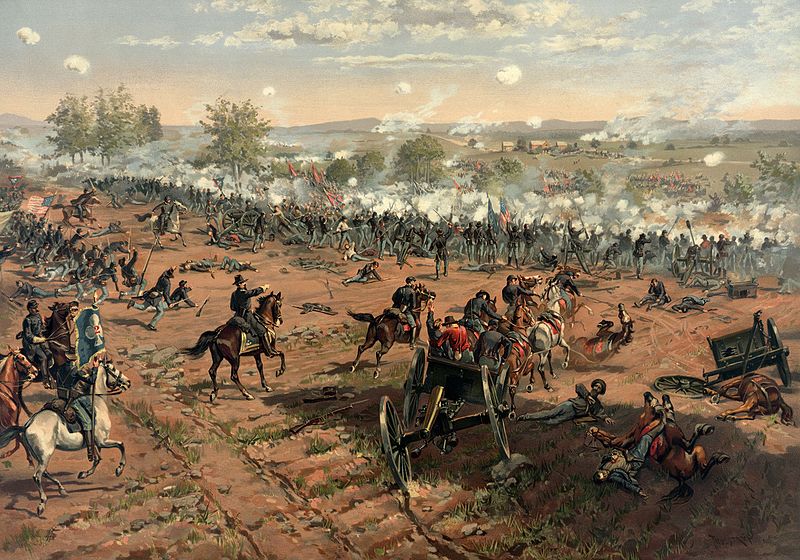
Copyright: Adam Cuerden
51,000 people were killed wounded or captured because of this battle, which is commonly described as the war’s turning point. The battle took place in the town of Gettysburg, and had the largest number of casualties in of the war’s battles. Lee was foiled in his attempt to invade the north by General George Meade. The Union had 104,256 troops, and the Confederates had around 75,000, but approximately 20,000 men were lost or injured on both sides.

Fall Of Atlanta
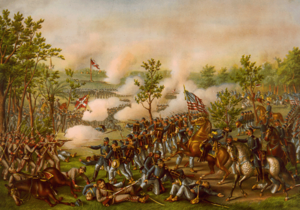
The battle of Atlanta was a part of the Atlanta campaign, which was a campaign to seize the valuable city of Atlanta. Atlanta was an important rail and supply centre. William T. Sherman led to the Union to a great victory over confederate forces, who failed to defend Atlanta. The city finally fell on September 2, 1864. The battle actually took place only halfway through the campaign, on July 22, 1864. After this victory General McClellan decided to run against Abraham Lincoln, and if he won would have made peace with the Confederates and ended the war.

Sherman’s March To The Sea
Sherman and his men marched for 285 miles from Atlanta to Savannah, Georgia. As they marched they would steal livestock and food, if anyone tried to fight back they would simply burn down their house. This campaign was designed with the purpose of frightening the population of Georgia. Frightening them in this manor made it more likely that Georgia would abandon the confederate cause. They were now dangerously far into enemy territory, and without supply lines. While there they took out military targets, industry, infrastructure and damaged the Confederate’s economy.

Surrender At Appomattox
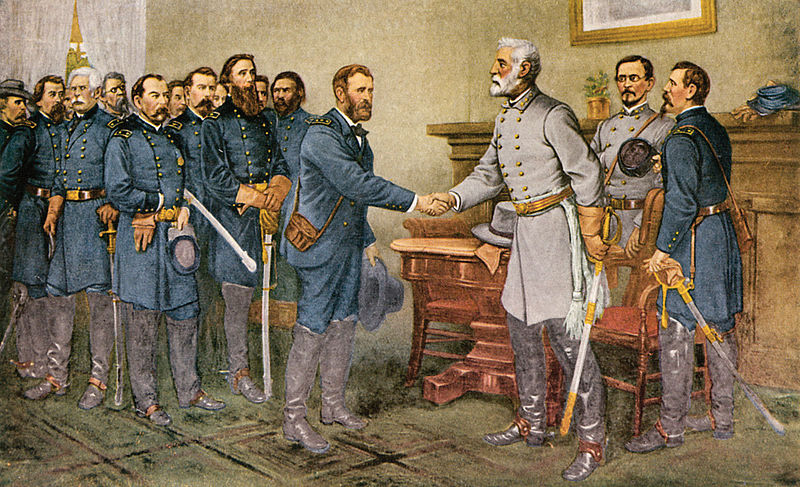
This was the last battle General Robert E. Lee ever fought. Lee was retreating west, with the idea that he would meet up with Confederate forces in North Caroline, but this was never allowed to happen. Union forces under Ulysses S. Grant managed to cut off their retreat at Appomattox Court House. Lee was now surrounded by a much larger force, but he still had hope. He expected that the Union force was entirely composed of cavalry, but when he discovered this wasn’t true, he decided it was time to surrender. After Lee surrendered it lowered morale across all confederate forces, and caused a series of surrenders across the South.

